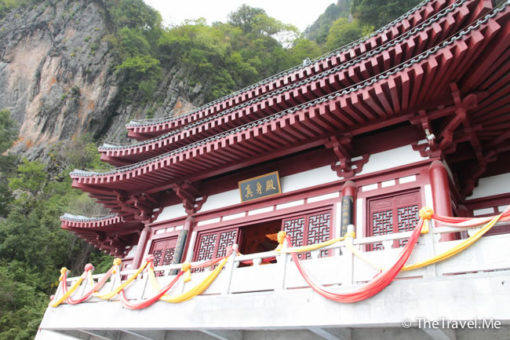
Living Buddha of Nangongshan
Nangongshan (Chinese: 南宮山) is located in Langao (嵐皋) County of Ankang (安康) City, south of Shaanxi (陜西) Province, China. Besides its natural scenery, Nangongshan is also famous for its Buddhist mummy, or living Buddha.

Nangongshan (Chinese: 南宮山) is located in Langao (嵐皋) County of Ankang (安康) City, south of Shaanxi (陜西) Province, China. Besides its natural scenery, Nangongshan is also famous for its Buddhist mummy, or living Buddha.
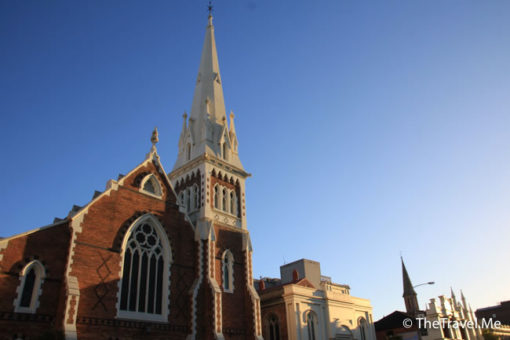
Launceston is located at the north of Tasmania in Australia, it is the second most populous city in Tasmania after the state capital, Hobart. Settled by Europeans in March 1806, Launceston is one of Australia's oldest cities and it has many historic buildings.

Kushimoto (串本町) is a coastal town located in Wakayama (和歌山) Prefecture in western Japan. The center of the town is on a narrow isthmus named Shionomisaki (潮岬), which has the distinction of being the southernmost point of Japan's main island, Honshu (本州).

Qutb Minar (Persian: قطب منار) is a minaret and ‘victory tower’ in the Mehrauli (Hindi: महरौली) area of New Delhi (नई दिल्ली), India. It is one of most visited tourist spots in the city due to it being one of the earliest that survives in the Indian subcontinent.
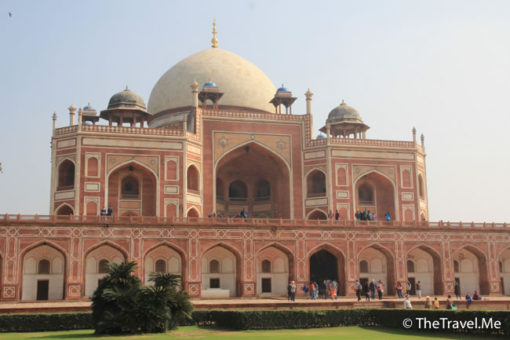
Humayun's tomb (Hindi: हुमायूँ का मकबरा) is the tomb of the Mughal Emperor Humayun (Persian: همایون) in Delhi (नई दिल्ली), India. The tomb was built in 1570, it created a precedent for future Mughal architecture of royal mausolea, which reached its zenith with the Taj Mahal (ताज महल).

Humayun's tomb (Hindi: हुमायूँ का मकबरा) is the tomb of the Mughal Emperor Humayun (Persian: همایون) in Delhi (नई दिल्ली), India. The tomb was built in 1570, it was the first garden-tomb on the Indian subcontinent, the scenery of the garden is beautiful.

Wudang Mountains (Chinese: 武當山) are located in the northwestern part of the Hubei (湖北) Province, China. They are home to a famous complex of Taoist (道教) temples associated with the god Xuanwu (玄武). Wudang Mountains have a lot of scenic spots, Longtou Incense (龍頭香) is amongst the most impressive.
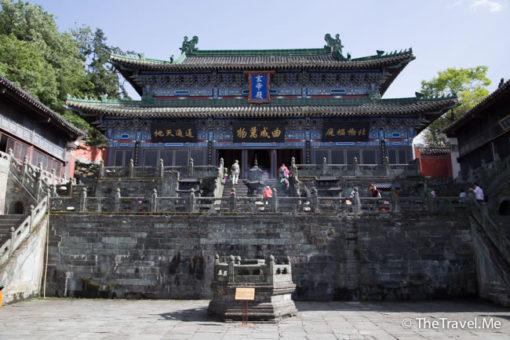
Wudang Mountains (Chinese: 武當山) are located in the northwestern part of the Hubei (湖北) Province, China. They are home to a famous complex of Taoist (道教) temples associated with the god Xuanwu (玄武). Here Choumeizai will talk about Nanyan Temple (南岩宫).
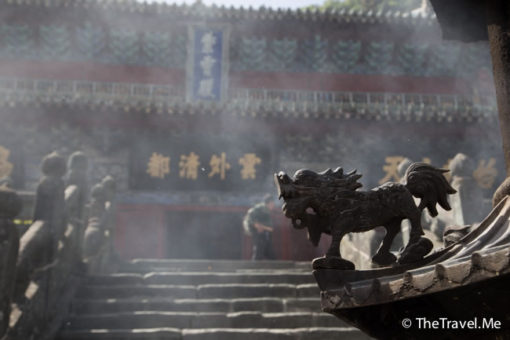
Wudang Mountains (Chinese: 武當山) are located in the northwestern part of the Hubei (湖北) Province, China. They are home to a famous complex of Taoist (道教) temples associated with the god Xuanwu (玄武). Here Choumeizai will talk about Zixiao Palace (紫霄宮).
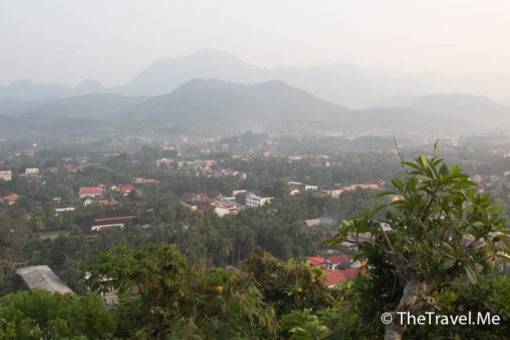
Luang Phabang (Lao: ຫລວງພະບາງ/ຫຼວງພະບາງ) is a city in north central Laos, it was listed in 1995 for well preserved architectural, religious and cultural heritage. Scenic spots are everywhere in Luang Phabang, Choumeizai will talk about Mount Phou Si (ພະທາດພູສີ).
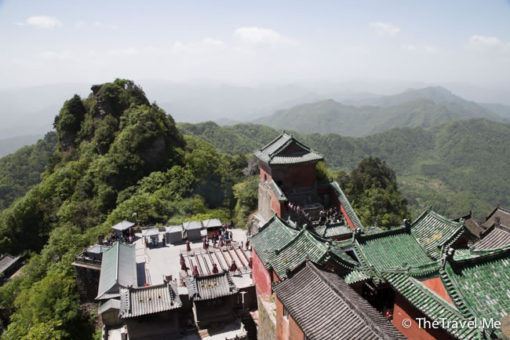
Wudang Mountains (Chinese: 武當山) are located in the northwestern part of the Hubei (湖北) Province, China. Tianzhu Peak (天柱峰) is the highest peak in Wudang Mountains, on the top of the peak sits Jindian (金殿), one of the most distinctive landmarks of the mountains.

Wudang Mountains (Chinese: 武當山) are located in the northwestern part of the Hubei (湖北) Province, China. They are home to a famous complex of Taoist (道教) temples associated with the god Xuanwu (玄武). Here Choumeizai will talk about the way to Jindian (金頂).
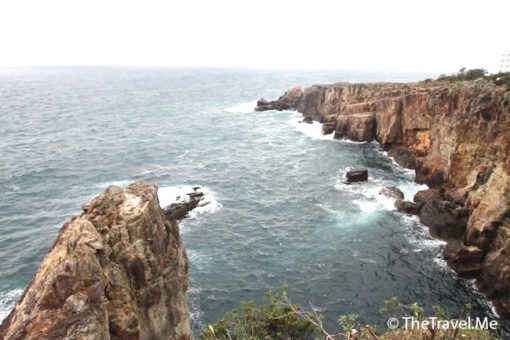
Sandanbeki (Japanese: 三段壁) is located in Shirahama (白浜町), Nishimuro District (西牟婁郡), Wakayama (和歌山) Prefecture, Japan. This rock wall consists of approximately two kilometers of steep cliffs which are 50 meters high.
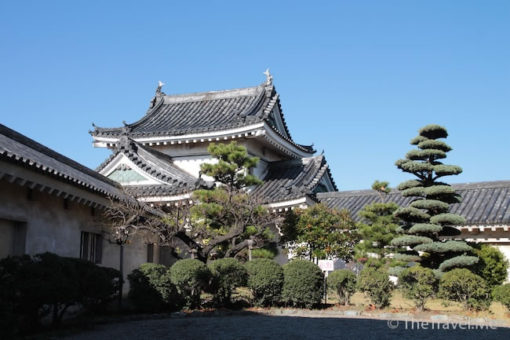
Wakayama Castle (Japanese: 和歌山城) is located in the city centre of Wakayama (和歌山), Wakayama Prefecture, Japan. The castle sits at the mouth of the Kii (紀依) River, which is a symbol and historical site of Wakayama.

Wakayama Castle (Japanese: 和歌山城) is located in the city centre of Wakayama (和歌山), Wakayama Prefecture, Japan. The castle is not just a symbol of the city and historical site, but also an ideal place to enjoy the beauty of autumn.

Wudang Mountains (Chinese: 武當山) are located in the northwestern part of the Hubei (湖北) Province, China. They are home to a famous complex of Taoist (道教) temples associated with the god Xuanwu (玄武). Here Choumeizai will talk about Taizipo (太子坡).

Wudang Mountains (Chinese: 武當山) are located in the northwestern part of the Hubei (湖北) Province, China. They are home to a famous complex of Taoist (道教) temples associated with the god Xuanwu (玄武). Here Choumeizai will talk about the walls in Taizipo (太子坡).
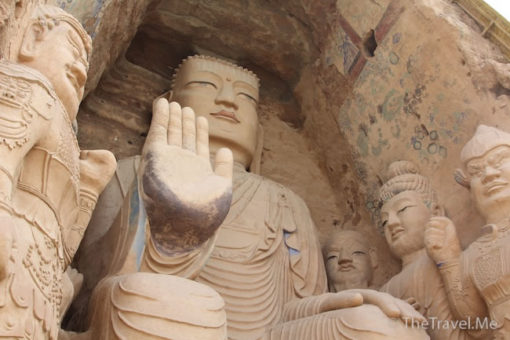
Tiantishan Grottoes (Chinese: 天梯山石窟) are a series of rock cut Buddhist cave temples in the Liangzhou (涼州) District of Wuwei (武威) City, Gansu (甘肅) Province, China. With a history of 1,600 years, Tiantishan Grottoes are amongst the earliest grottoes excavated in China.

Great Wall of China (Chinese: 萬里長城) is a series of fortifications that were built across the historical northern borders of ancient Imperial China as protection against various nomadic groups. Choumeizai has seen a lot of relics of Great Wall in Hexi Corridor (河西走廊).

Dafo Temple (Chinese: 大佛寺) is a Buddhist temple in Zhangye (張掖), Gansu (甘肅) Province, China. The temple has had several names over the centuries, its present name of ‘Dafo’ (大佛) means ‘Great Buddha’.